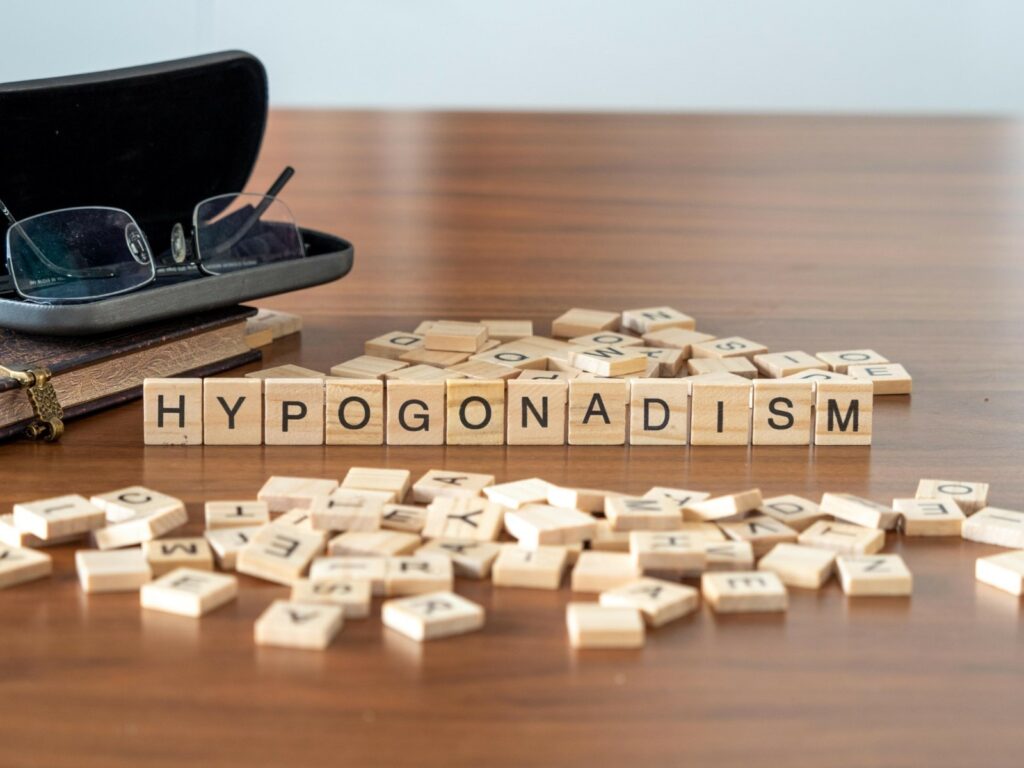Hypogonadism is a condition where the sex glands produce little or no hormones. These glands, known as gonads, include the testes in men and ovaries in women. When they don’t work as expected, it leads to low hormone production, affecting growth, development, and overall health. This blog will walk you through the symptoms of hypogonadism, its causes, and the various avenues for hypogonadism treatment. By grasping these elements, individuals can seek timely help and maintain a healthy life.
Recognizing the Symptoms and Causes of Hypogonadism
The symptoms of hypogonadism differ based on age and gender. It’s crucial to be aware of these to seek proper medical guidance.
For children and adolescents, signs include: – Delayed puberty – Slow growth in height – Lack of development in sexual organs
In adults, the symptoms of hypogonadism manifest differently. Male hypogonadism can cause: – Decreased sex drive – Problems with erection – Enlarged breast tissues
Women might observe: – Irregular periods – Trouble getting pregnant
Understanding what causes hypogonadism can help in its prevention and management. The causes fall into two main categories: primary and central (or hypogonadotropic hypogonadism).
Primary hypogonadism directly affects the gonads. Conditions like Klinefelter syndrome, infections, or damage from surgeries can be contributing factors.
Central hypogonadism results from brain-related issues. It happens when there’s a problem in the brain’s ability to send signals to the glands. Problems like head injuries or tumors can interfere with hormone release.
Uncovering these symptoms and causes is key to getting ahead of the condition. Early detection ensures that hypogonadism cure becomes more manageable, leading to better health outcomes.
Diagnosing and Treating Hypogonadism Effectively
Diagnosing hypogonadism is a step-by-step process aimed at painting a full picture of a person’s health. Doctors start by gathering a detailed health history and conducting physical examinations. Next, they perform hormone tests through blood samples to detect any low hormone levels.
Once diagnosed, the focus shifts to hypogonadism treatment.
For treatment, here are some options: 1. Hormone Replacement Therapy (HRT): This involves giving hormones to make up for what the body isn’t producing. For men, testosterone supplements are common. Women might receive estrogen therapies.
- Fertility Medications: If starting a family is the goal, these drugs can enhance hormone production necessary for reproduction.
- Surgery: In cases of structural issues or tumors, surgery may be necessary to restore normal function.
- Use of Human Chorionic Gonadotropin for Males, especially in hypergonadotropic hypogonadism in males**, can stimulate testosterone production.
Each treatment path is personalized, ensuring that it suits the individual’s unique needs. In some situations, a combination of treatments proves to be the most effective route. Success hinges on understanding the root cause, which guides the choice of primary hypogonadism treatment or other types as needed.
Early intervention and the right hypogonadism cure can improve symptoms significantly and enhance quality of life. The medical journey doesn’t end after treatment begins. Ongoing medical assessments ensure therapies are working and help in making necessary adjustments.
Living with Hormonal Imbalances: Managing Life with Hypogonadism
While facing hormonal imbalances like hypo gonadism can seem daunting, a few lifestyle changes play a powerful role.
- Healthy Eating: Nutritious meals support hormone balance. Foods rich in proteins, healthy fats, and plenty of vegetables are essential.
- Exercise: Regular physical activity, even simple walks or jogging, helps balance hormones.
- Stress Management: Techniques such as relaxation exercises can ease symptom severity.
Furthermore, regular doctor visits are important. These appointments are opportunities to adjust treatments as needed, ensuring hormone levels remain stable. Managing male hypogonadism treatment or its female equivalent doesn’t solely rely on medication. It’s about embracing a lifestyle supporting your body’s natural rhythms.
Understanding hypogonadism requires recognizing its symptoms, causes, and the myriad of treatment options. With awareness comes the power to seek timely help and take control of one’s health journey. Proper diagnosis and proactive management lead to a significantly improved quality of life.


